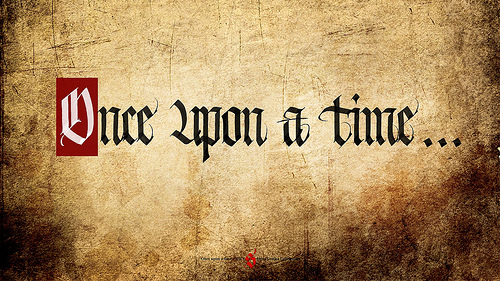We love to live in silos.
Silos are our comfort zones where we do what we like. We stay in familiar surroundings. We meet with whom we are comfortable with. We do things that make us secure. This is typically our default behavior.
Well that is very – for lack of better word – comfortable. Life is good. What’s the problem?
The problem is that while comfort zone is very comforting, it is not where progress happens. All smart people proactively get uncomfortable as soon as they start getting comfortable. That is what leads to growth, however you define it.
One comfort zone is to only meet with people we want or have to meet. This is typically four sets – family, friends, people with similar interests and co-workers. We make all efforts to stay within this ‘network’ and filter out the rest. What can be worse than talking to that monster creature called a ‘stranger’?
Well, what can be worse, is that you stay within your ‘limited network’. Your net worth is your network, and that does not improve. One can argue that it actually depreciates with time. It is like reading the same books again and again. You are constrained with the constraints of your network.
You can guess where I am getting to. You need to get uncomfortable. You need to proactively, deliberately and consciously expand the set of people of people you know. You need to reach wider. It is like picking up new – and different – books to read. The benefits are immense: you grow as a person, your capacity to do more increases, you become more ‘worthy’.
One caveat is that your network is not just a function of how many people you know, but more importantly of how diverse a set of a people you know. Think of groups of similar people as clusters – a cluster of software engineers, a cluster of marketing folks, a cluster of academics, a cluster of people who love cars and dogs. The default way of growing your network may be just getting to know more people in your own clusters. Software engineers getting to know more software engineers. Marketing folks connecting with more marketing folks. People loving cars and dogs talking to others loving cars and dogs. It’s like reading more books of the same type. The problem statement remains the same – you are still in comfort zone, its just a bigger comfort zone.
A key component of the net worth of your network really is how many you know across these clusters. Are you standing alone at an island, or do you have bridges to other islands? If you are a software programmer, do you know bankers, people who sell cars, someone who can get you a plane ticket quickly when you are desperate for it, someone who is CEO of a software firm and is not your boss, someone in the investor cluster who can give a reference?
While this diversity defines the breadth of your network, equally, if not more important, is the depth or quality of your network.
As a matter of fact, I do not like the term ‘network’. It somehow sounds mechanical. The connotations can be misleading – you just need to know people. It can mean just having them on your LinkedIn or Facebook. The term that matters is relationships. That is what defines the depth or quality of your connection. That is the reason LinkedIn does not show you exact number of your connections once it increases past 500. It is not a numbers game.
Relationship is a two-way street. You have to provide value to someone before you expect anything. You need to know about the other person before telling her about yourself. You need to know what matters to them before you start telling them what matters to you. Relationships are funny – you help yourself by helping others. It is not a sales pitch. You give and then it comes back to you manifold.
Relationships across diversity of clusters is what really defines your net worth. The only way to achieve this is to be intentional and proactive about it. Once it happens, you will start seeing what you have been missing out on.
Happy relationship-ing!







